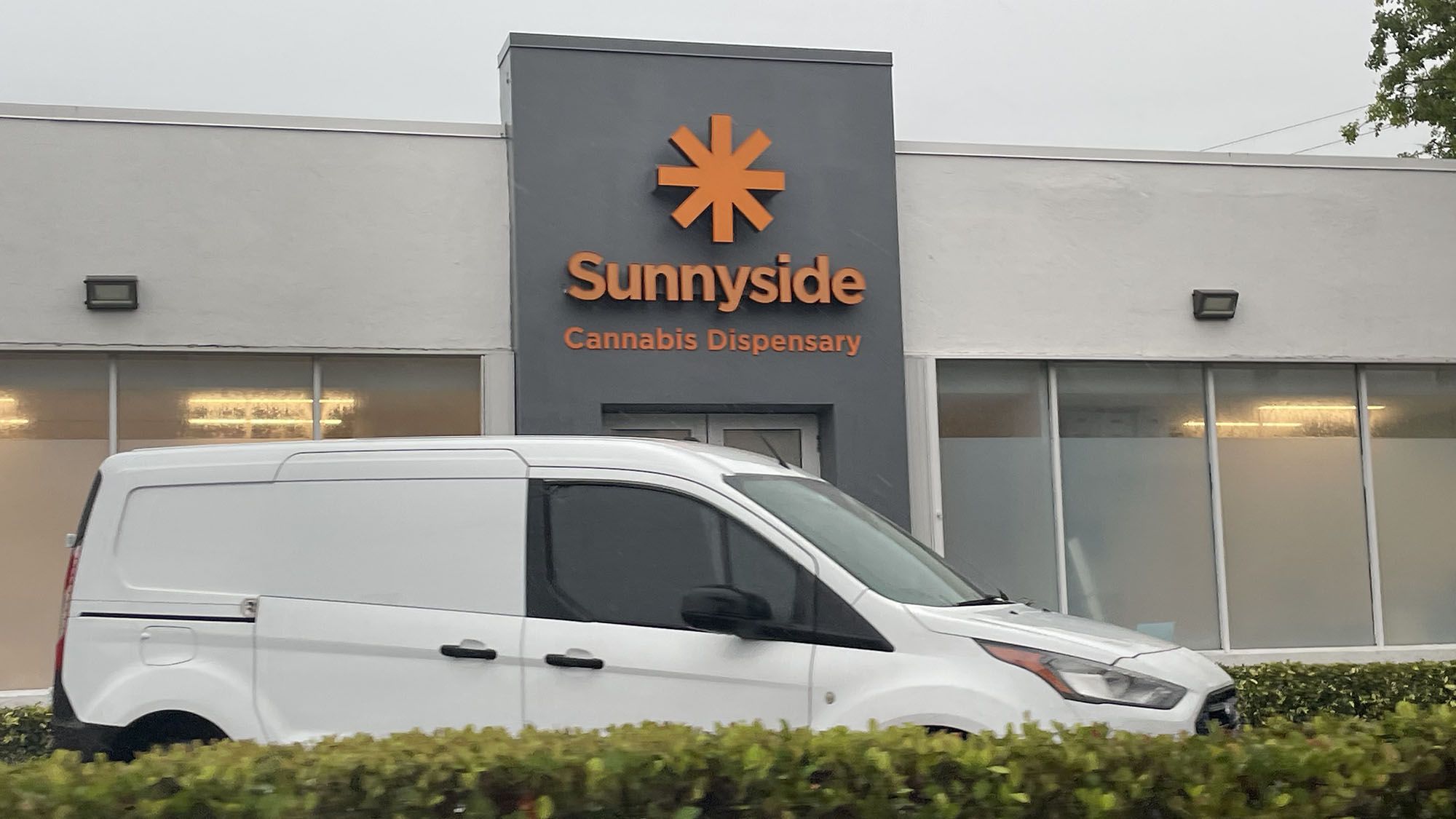As legal cannabis delivery services proliferate across the U.S., forward-thinking companies are taking practical steps to reduce their environmental impact. From eco-conscious packaging to electric fleets and operational efficiencies, these firms are positioning sustainability as a central pillar of their business model.
Eco‑friendly Packaging
One of the most visible shifts has been toward sustainable packaging materials. Compostable and biodegradable options—such as hemp-based plastics, cornstarch, and recycled paper—are replacing traditional child-resistant plastic and mylar pouches. Brands like Kurvana now use packaging made from up to 85% recycled materials while maintaining compliance with safety regulations. In states like New York, regulations now require at least 25% post‑consumer recycled plastic content in cannabis packaging.
Compact, Right‑Sized Containers
Alongside material changes, companies are slimming down packaging to match product size—known as “light-weighting.” This reduces shipping volume, conserves fuel, and slashes greenhouse gas emissions. For delivery-centered operations, efficient packaging is a critical lever in reducing carbon footprints from the first mile to the last.
Electric & Low‑Emission Vehicles
Delivery fleets are pivoting away from fossil-fueled vans toward electric vehicles (EVs), e-bikes, and scooters. Services like Green On The Go in the Bay Area highlight the strategic use of energy‑efficient vehicles to minimize environmental impact alongside delivery quality. This mirrors broader logistics trends: the shift to zero‑emission delivery models using EV fleets is gaining traction across industries.
Optimized Logistics & Route Planning
Digital platforms powering delivery—like Eaze, Dutchie, and Weedmaps—are integrating route optimization, geofencing, and predictive analytics into their systems. These AI-driven logistics reduce mileage, fuel consumption, and idle time, while also improving customer service and compliance with local limits.
Energy‑Efficient Warehousing
Behind the scenes, many delivery providers operate their own cultivation or processing sites. These facilities are adopting LED lighting, HVAC optimization, carbon filtration, and water‑reuse systems to cut energy and resource use. Sustainable cultivation practices at scale not only benefit the planet, but also support delivery reliability and quality.
Carbon Offsets and Eco‑Partners
To further shrink their net footprint, some delivery firms are investing in renewable energy credits or partnering on local environmental initiatives. While critics note that carbon offsets can sometimes serve as marketing ploys if not verified carefully, when used transparently they can meaningfully balance unavoidable emissions.
Consumer Engagement & Brand Differentiation
As NielsenIQ found, over 90% of consumers value sustainability when choosing brands. Recognizing this, cannabis delivery companies are using green credentials—eco‑packaging, EV fleets, waste reduction—as a differentiator in a crowded market. Clear communications, QR-coded recycling info, and loyalty incentives for eco-friendly practices build customer awareness and loyalty.
Takeaway
U.S. cannabis delivery companies are transforming operations—from packaging to transport to facility management—to meet both sustainability goals and consumer expectations. Though challenges remain—especially balancing compliance, cost, and greenwashing risks—this shift marks a significant step toward reducing the carbon footprint of a rapidly expanding market. With continued innovation, regulation, and consumer engagement, cannabis delivery could become a blueprint for environmentally responsible logistics.





